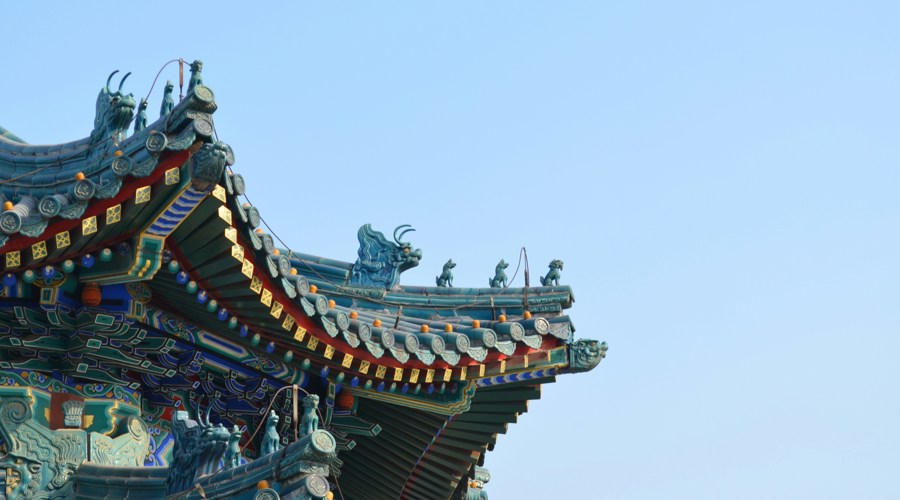Challenges and opportunities for the nickel value chains
Though NPC’s resolution emphasizes the “Domestic Circulation” of the Chinese economy, the attraction of foreign direct investment and the pursuit of accession to the Comprehensive and Progressive Agreement for Trans-Pacific Partnership are also listed as government priorities in the very same document. No single economy can be self-sufficient, just as no value chains are confined to territory borderlines. Naturally, the challenges and opportunities identified by the “Two Sessions” are relevant for the global nickel value chains.
As China transitions to green, low carbon, circular development, there are opportunities for nickel in the existing applications of battery, industrial engineering, ABC (architecture, building and construction), food processing, water distribution, as well as the full range of renewable and hydrogen energy applications.
But there are also challenges around the scarcity of strategic mineral resources, product carbon footprint, chemical hazards and ESG impact. The Nickel Institute has expertise in many of these areas and over the years has made a huge contribution to sound scientific and technical knowledge about nickel and nickel compounds. This in turn supports regulators and industry to ensure that practices are protective of human health and the environment, and that nickel can be mined, produced, used and recycled in a sustainable manner, in China and beyond.



